Previous DIY TEC chamber, revision 2018Over last 6 years multiple small size insulated thermal chambers were build for xDevs.com's projects.
Peltier heat pump was used as active element to provide both cooling and heating capability.
Previous design from 2018-2020 years successfully used for various LTZ1000A voltage reference and small resistance (such as Fluke 742A) standards temperature tests. It was using 40W single-stage TEC element, closed-loop watercooling pump+HX and copper heatsink as thermal exchanger.
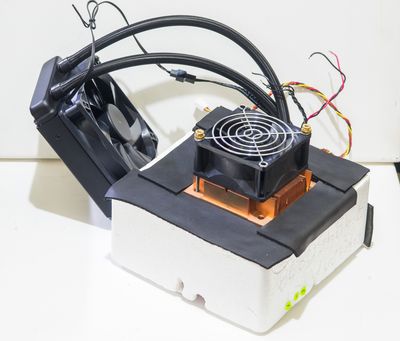
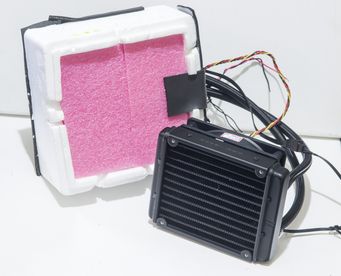
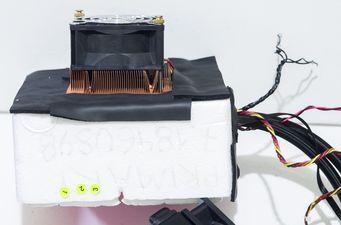
80 mm fan installed on thermal chamber to actively mix air within insulated chamber. This helped to obtain uniformity better than 0.2 °C when passive or <5W active devices are used in chamber as DUT.
Components layout in the larger Styrofoam box for better thermal ambient insulation shown on photos below.
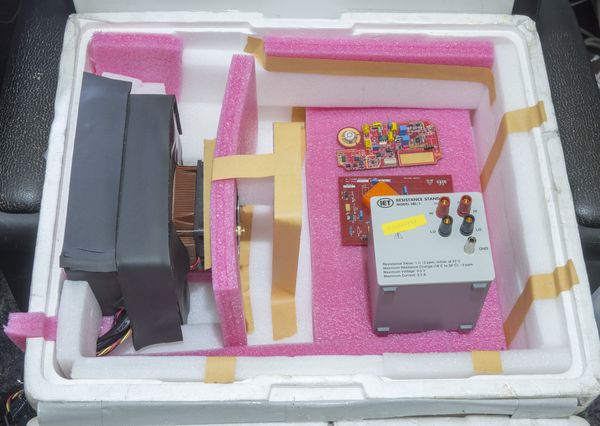
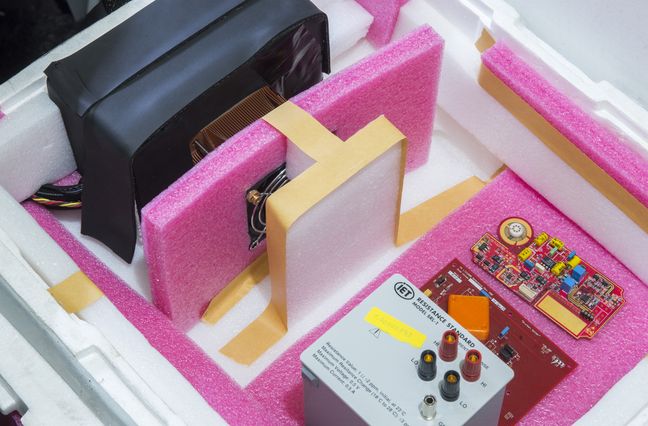
Device under test examples, such as
Wavetek 7000 DC voltage reference and
Keithley 262 +
EM A10 nanovolt amplifier were tested using this chamber.
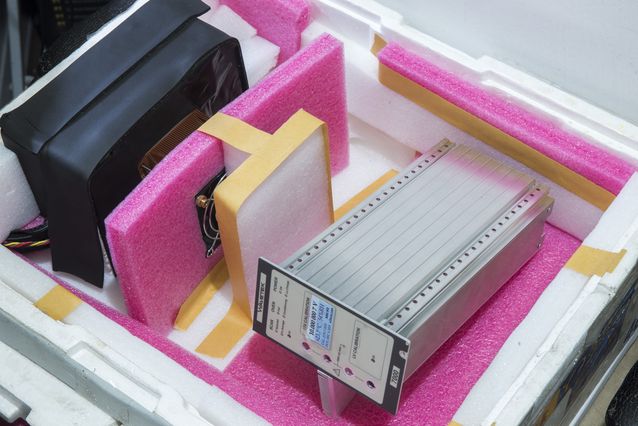
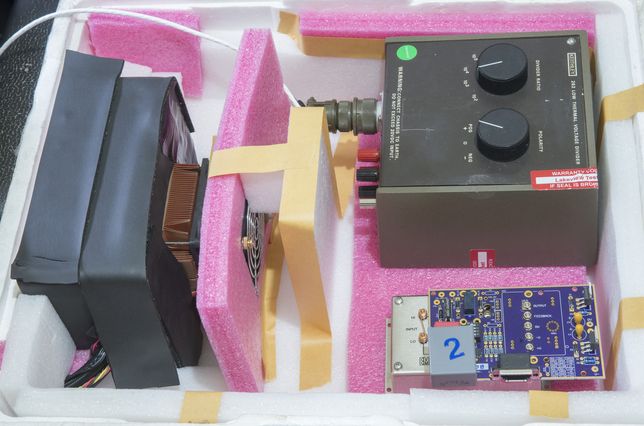
This chamber also tested with Arroyo TECPak 585 to perform multiple hour sweep with slow temperature ramp. Temperature and data acquisition was controlled by
xDevs.com's teckit open-source application.
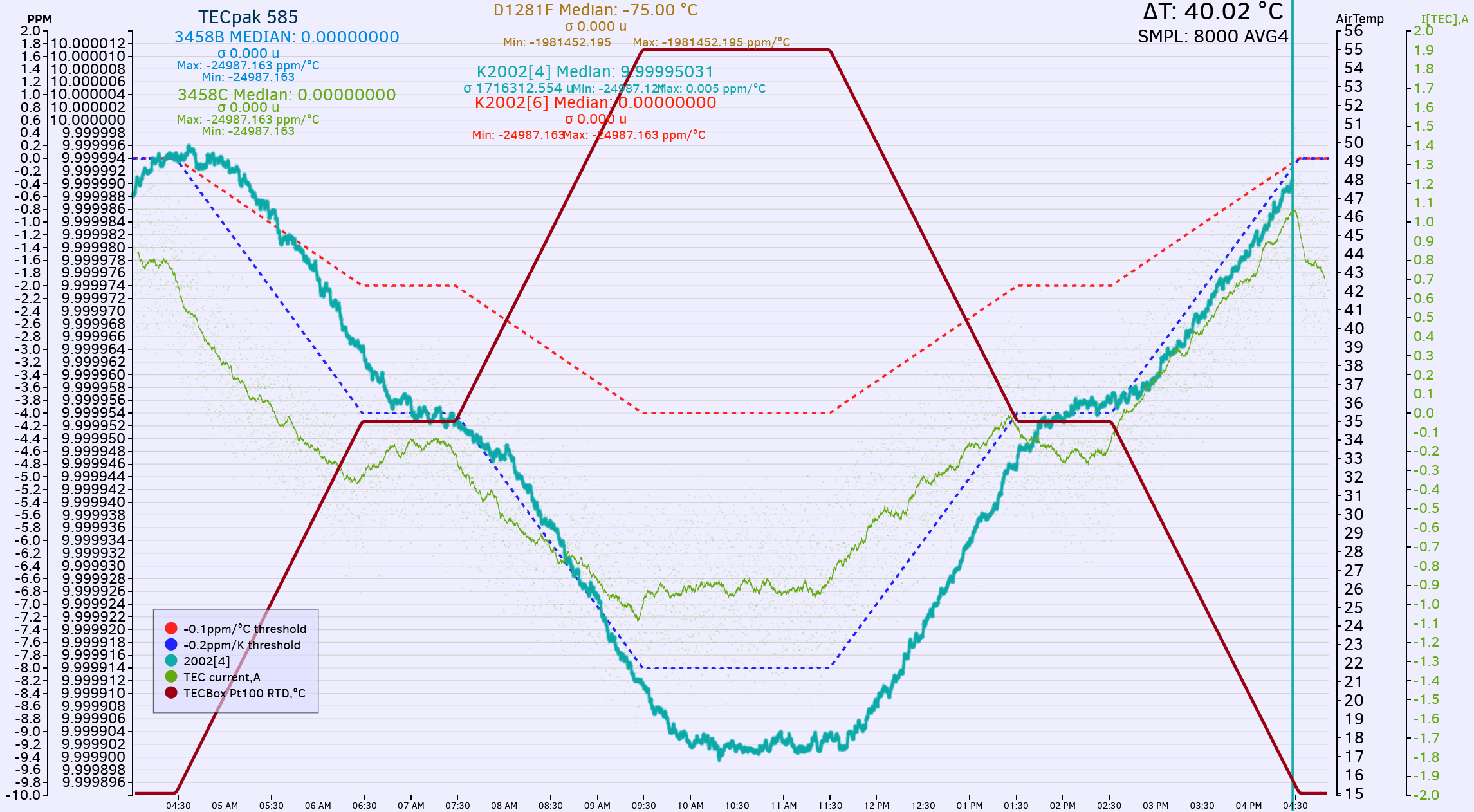
First plot shows controlled temperature ramp from +15.0 °C to +55 °C with intermediate soak time at half-scale, +35 °C. Changing temperature by 40 °C allow us to evaluate temperature coefficient (stability) of IanJ's PDVS2 mini with good resolution and confidence. In this case voltage dropped from 9.999994 VDC to 9.999902 VDC.
Overall time for this ramp was 12 hours, with ramp speeds 0.125 °C/minute. Now lets zoom in and look into middle step flat section:
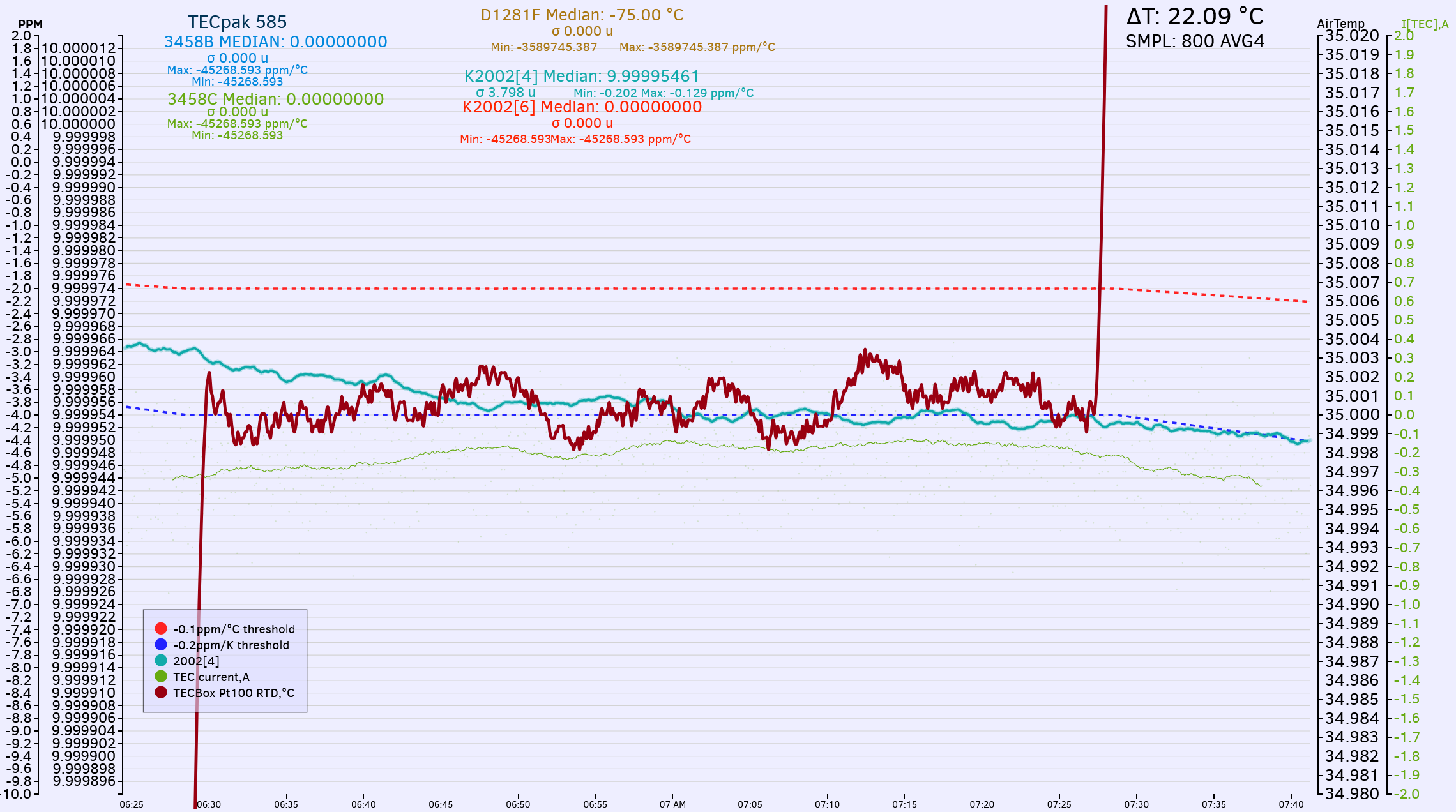
Temperature axis rescaled to much finer resolution here, at 0.001 °C per division. Arroyo TECPak provided nice and stable control, with variations of temperature readout less than +/- 0.003 °C during step time 1 hour.
Next plot shows 2 hour step at peak +55 °C temperature. Again, no problems or overshoots, while maintaining +/-0.004 °C temperature stability.
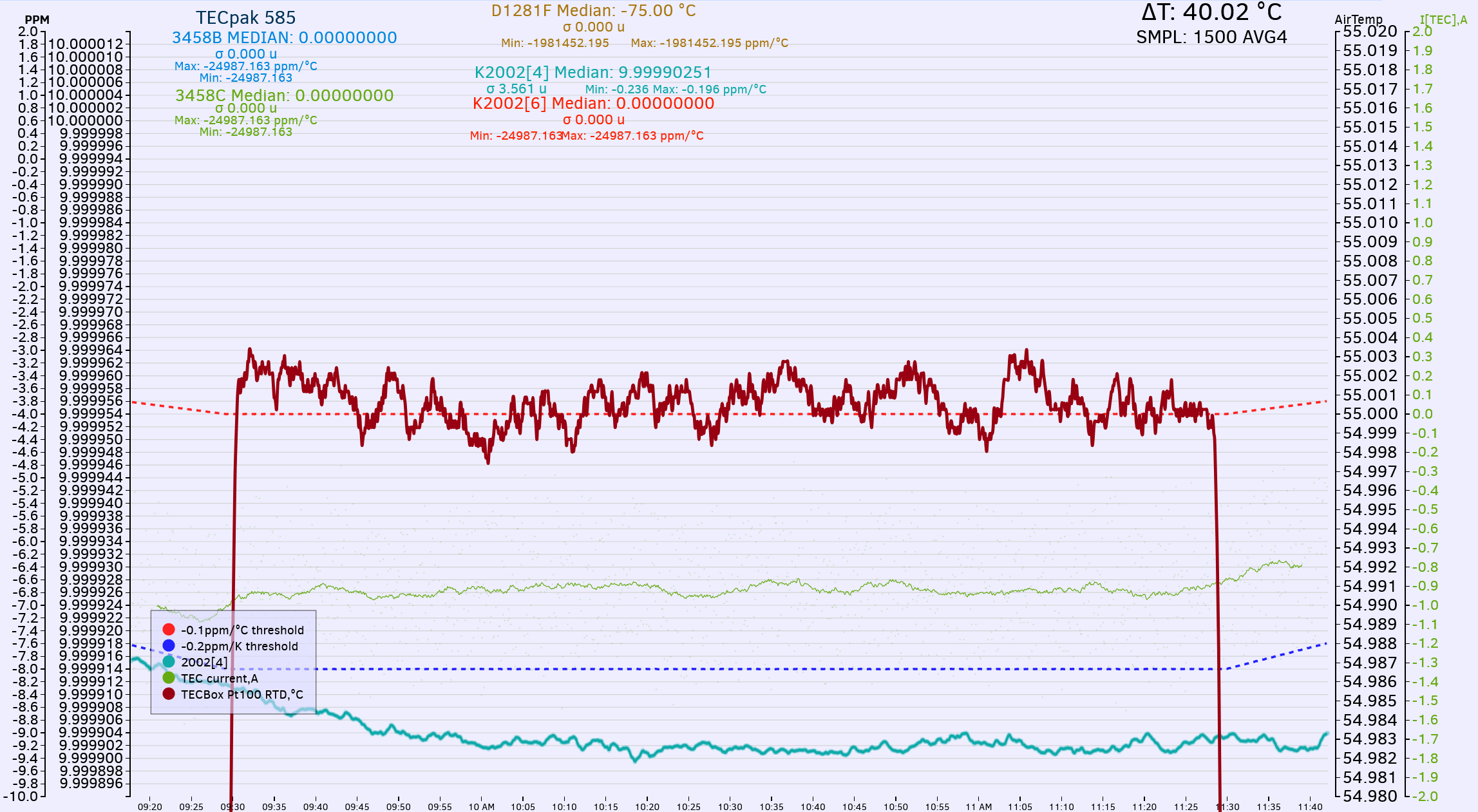
Opposite test with going sub-ambient temperatures, with ramp from +20 °C to +5 °C during 15 hour test.
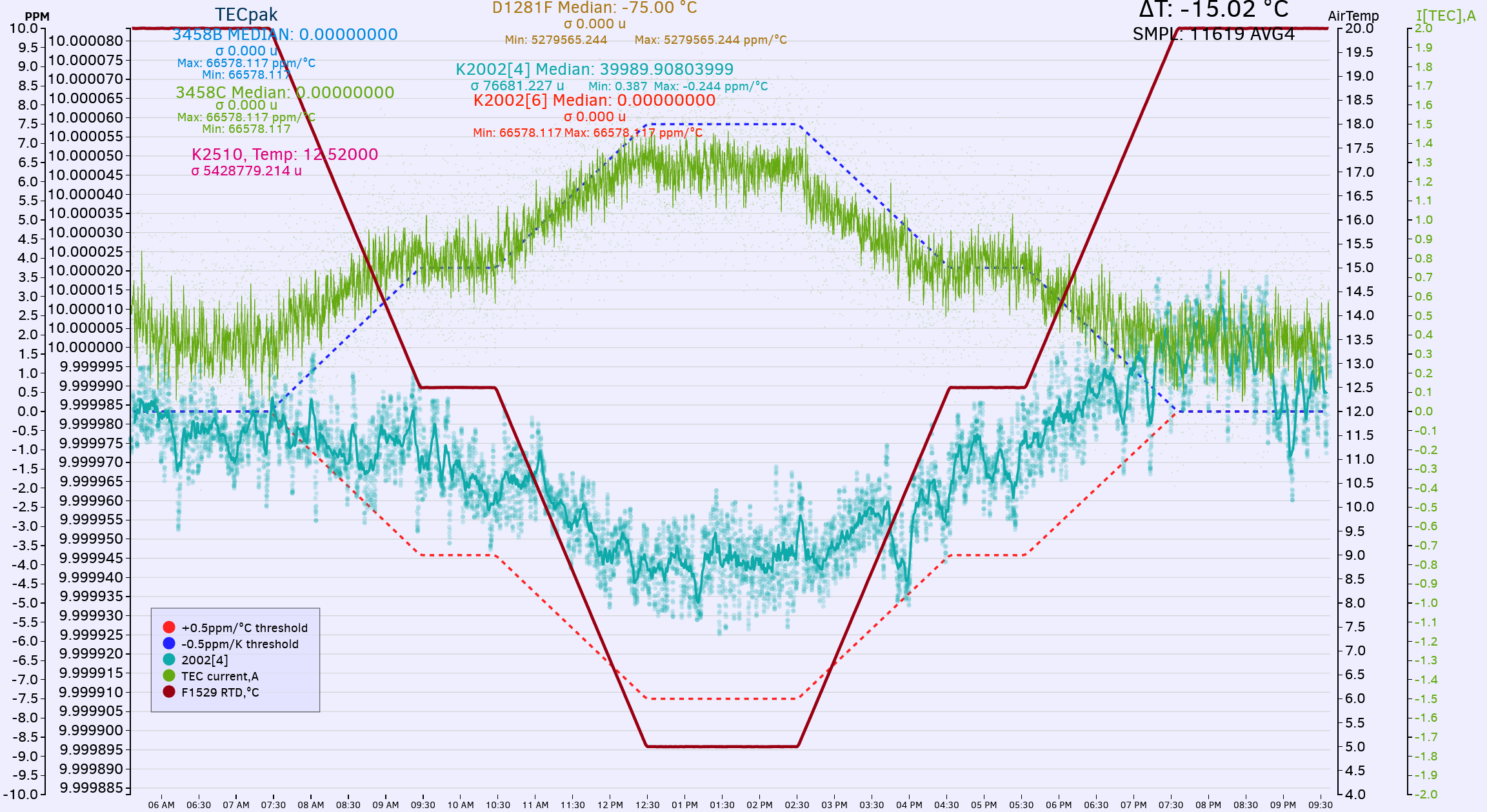 New MEGA TEC chamber, revision 2021
New MEGA TEC chamber, revision 2021But I always wanted to have ability of testing larger devices, such as full size 19" DMM (Keysight 3458A, Fluke 8508A and alike). Ideally chamber should also support even bigger and heavier devices, such as multi-function calibrator Fluke 5720A or Datron 4808.
However testing such active instruments is not practical or possible with low power 40W Peltier TEC. This is problem for next monster chamber project aimed to solve.
After checking available space on bench and targeted use cases next feature set was established as target:
* Big enough to fit 5720A+5725A and 3458A or multiple 732A
* 850 x 600 x 500 mm inner volume
* High power TEC module assembly to allow fast control, to support max 900W active load inside chamber
* Desired temperature range from 0 °C to +60 °C
* Temperature uniformity better than 0.1 °C
* Temperature stability better than 0.05 °C with heat load <50 W
* Temperature stability better than 0.1 °C with heat load 500 W
* Watercooling loop for TECs to allow uniform 50-100mm isolation from ambient
* Ambient influence less than 0.01 °C/°C
* Possibility for humidity control?
* Possibility for pressure control?
* Easy removable front door\lid to allow DUT management
* Material BOM cost less than $500 USD
Dow Super TUFF-R R-13 foam faced board was used as a starting point to provide robust thermal insulation. Two sheets were acquired from local
Home Depot storeSimple CAD was sketched together with dimensions in mind to fit all parts on a 1.25 sheets.
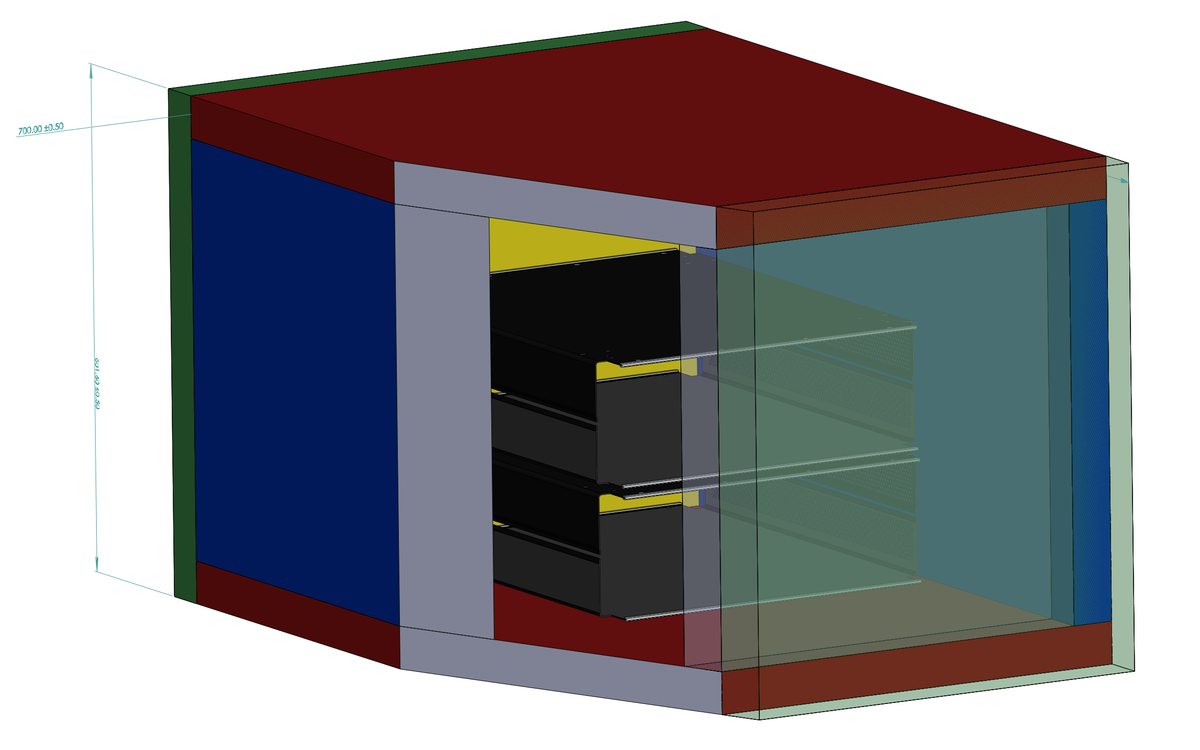
How let's cut board to pieces and start layout
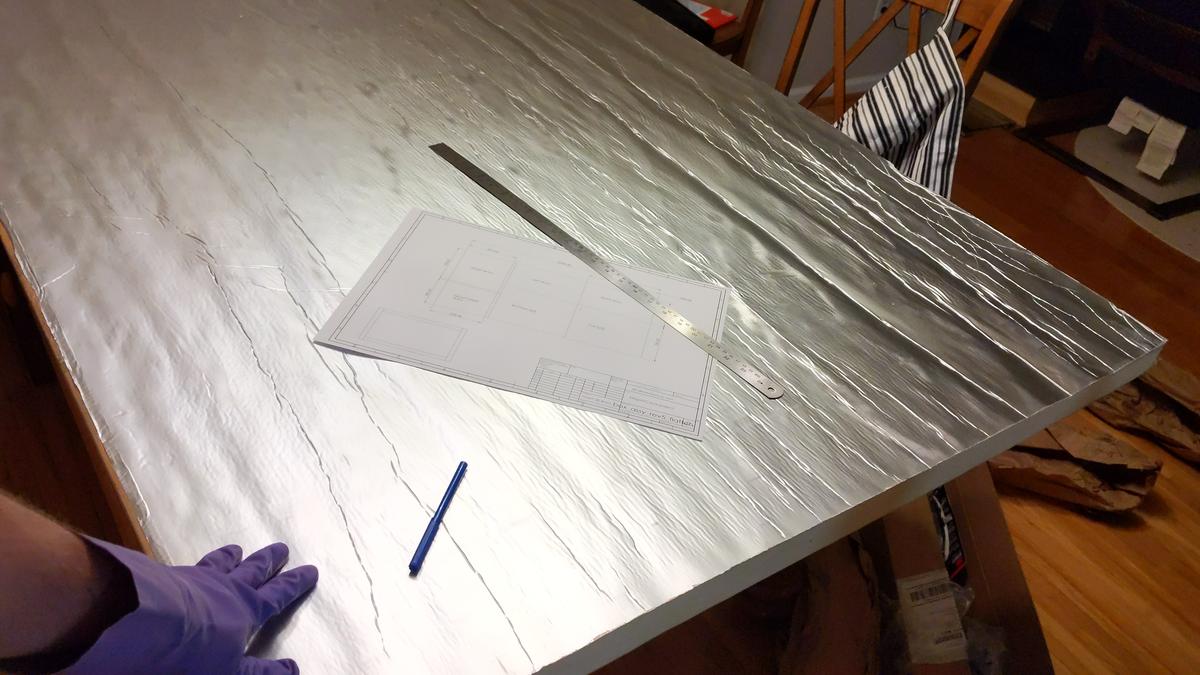
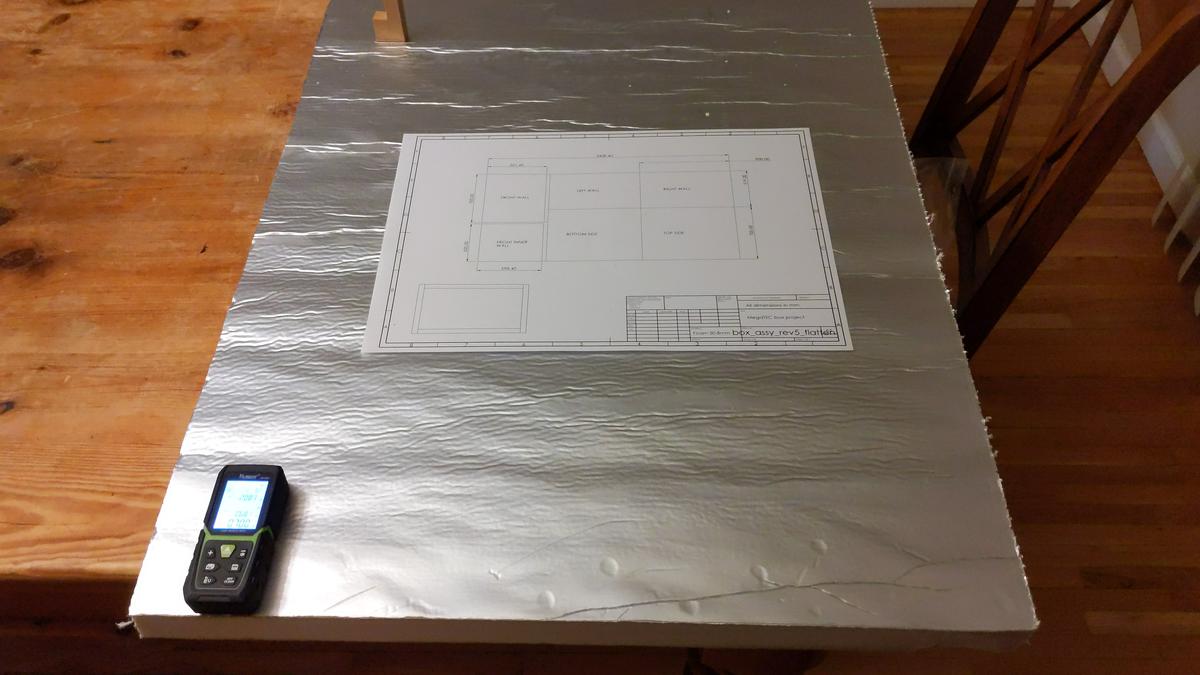
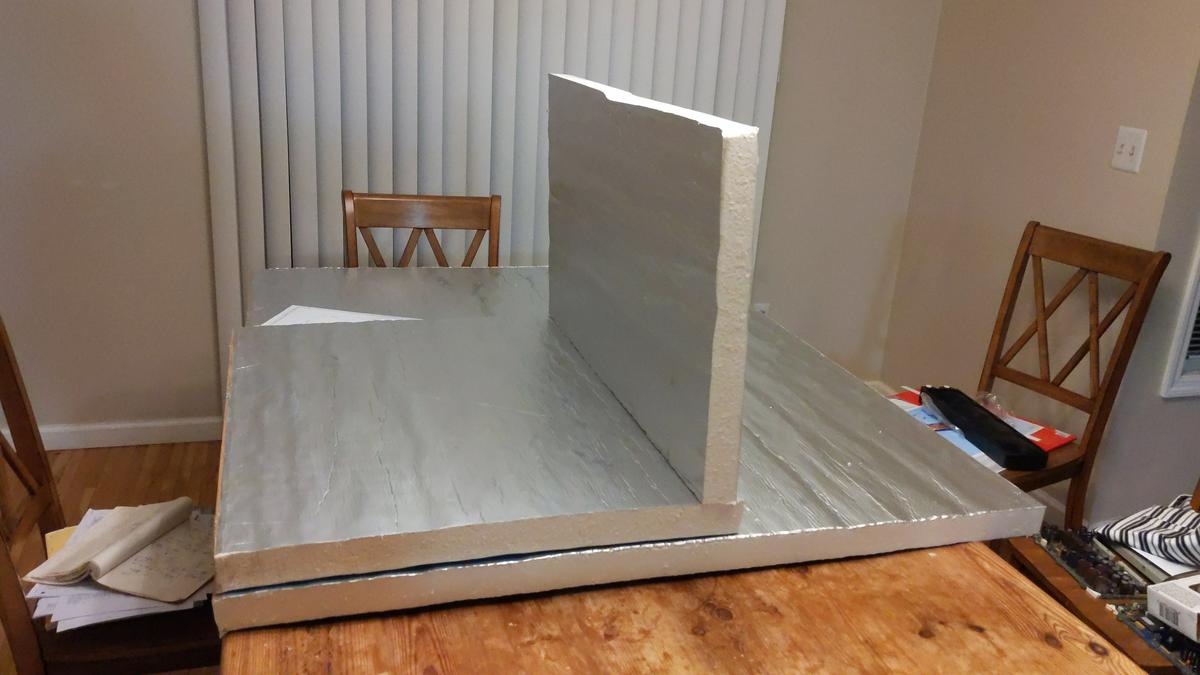
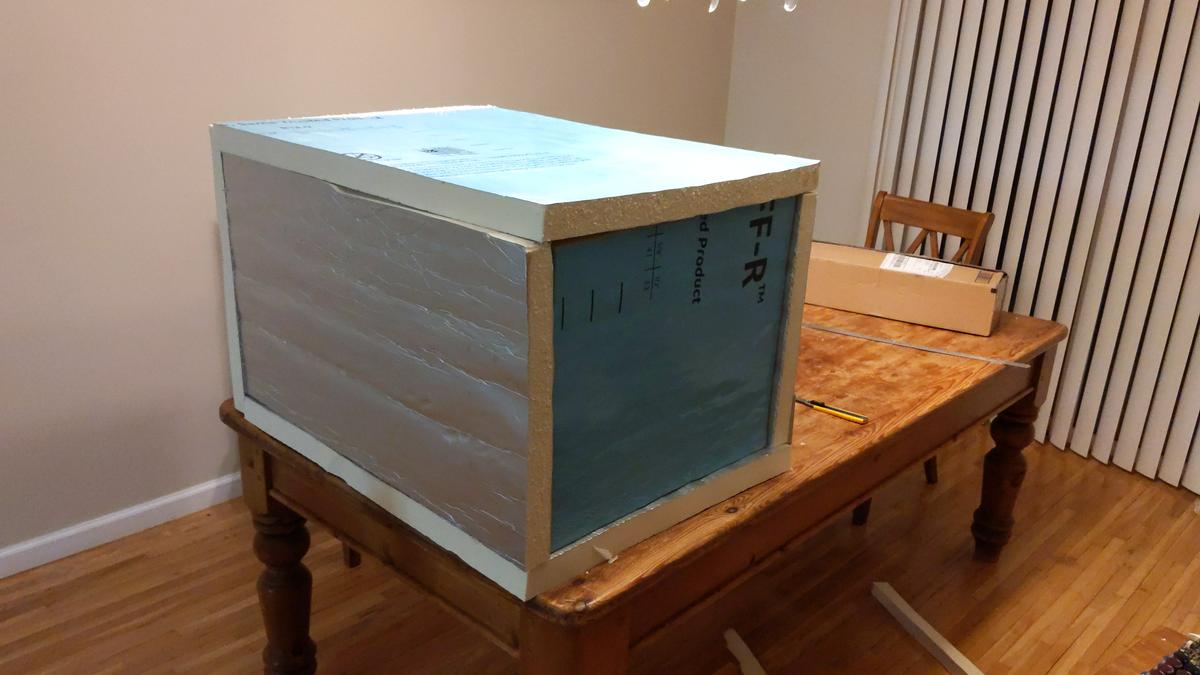
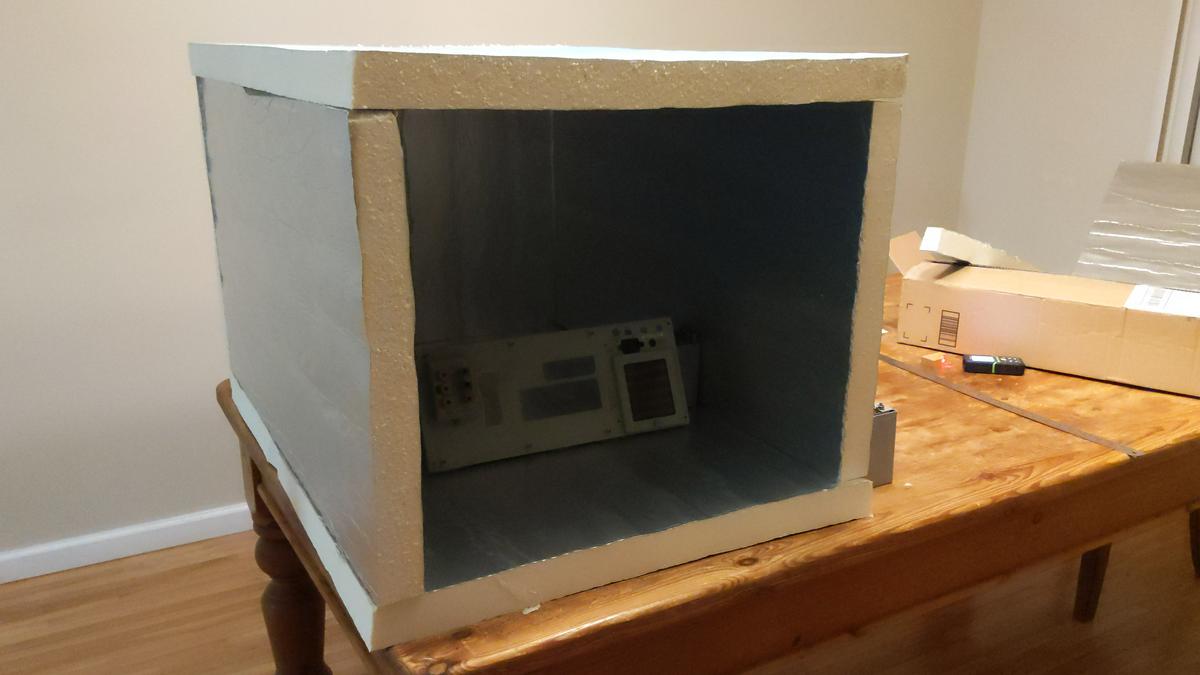
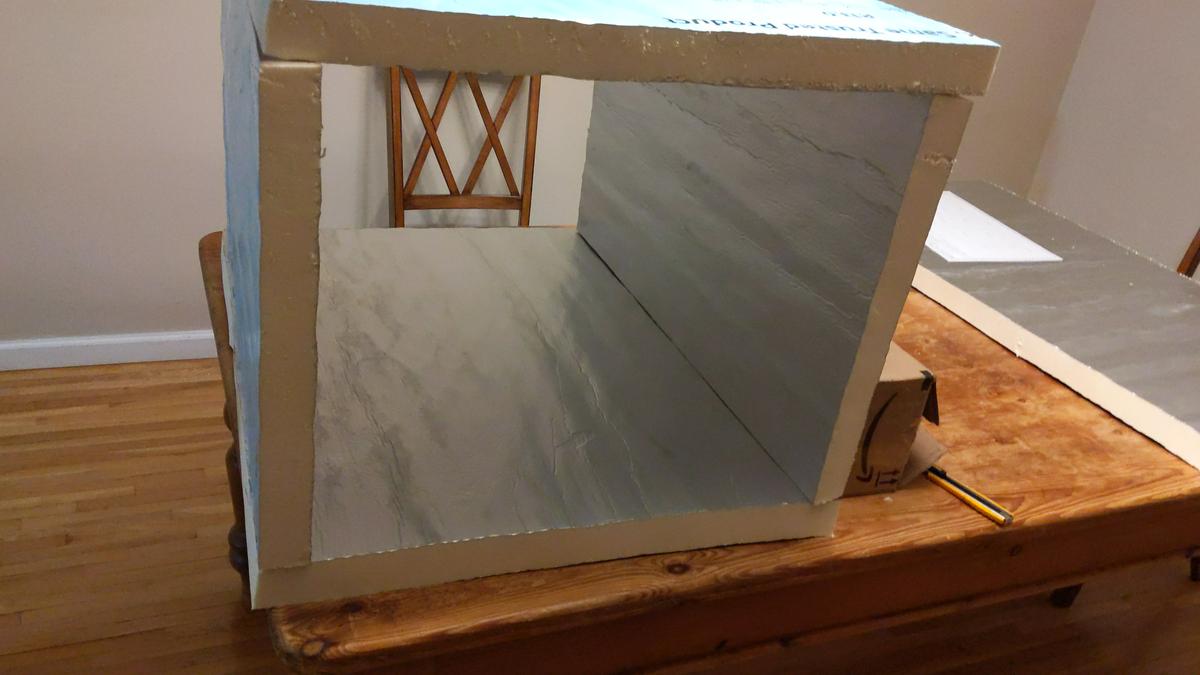
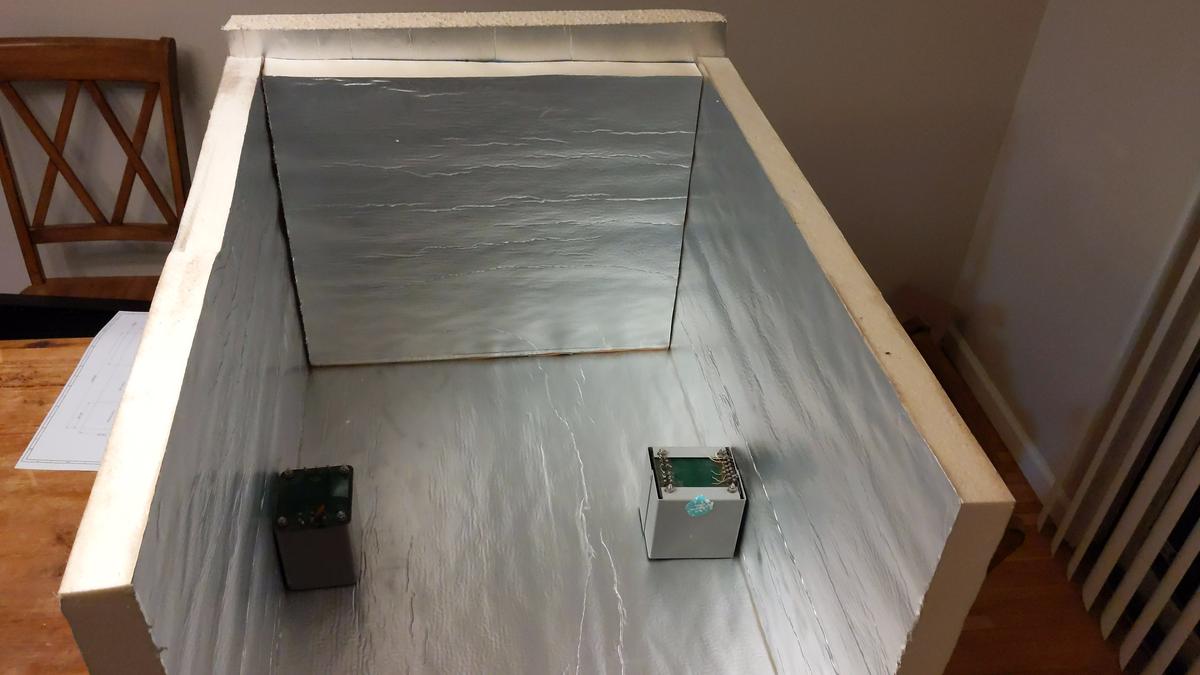
We can use random 8½-digit DMM (Advantest R6581T) to demonstrate available room in chamber.
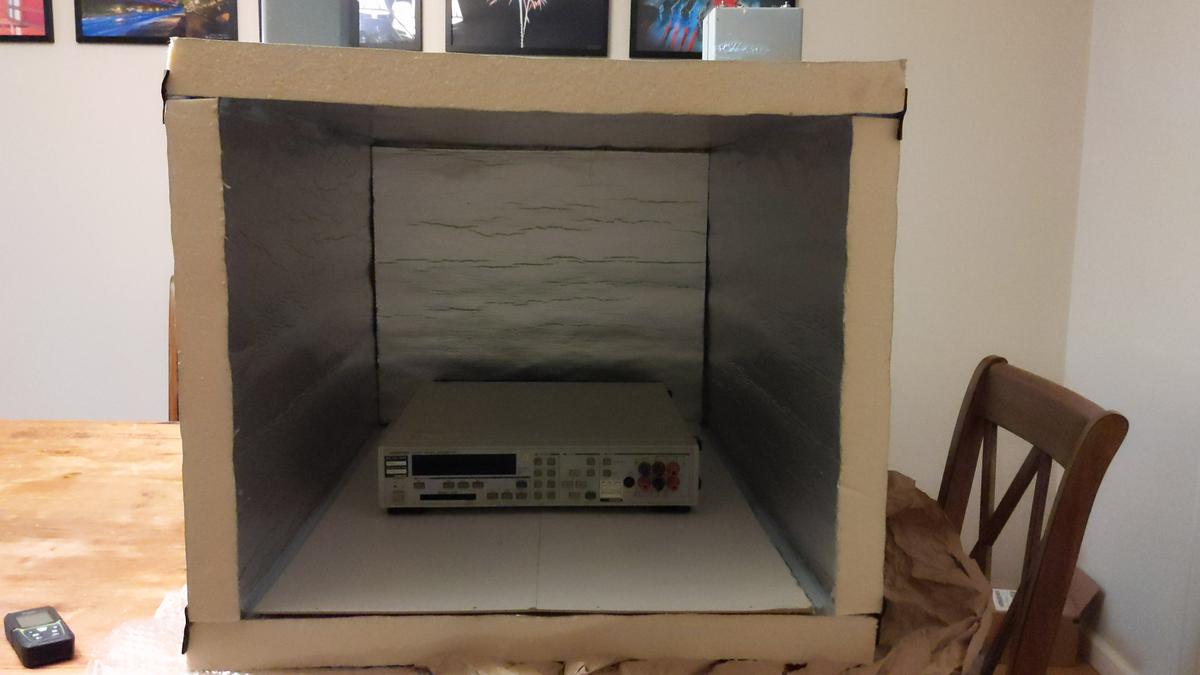
Even bigger devices, such as ESI 242D resistance system could fit in chamber. Sideways only

However main goal to fit 5720A+5725A+3458A is met.
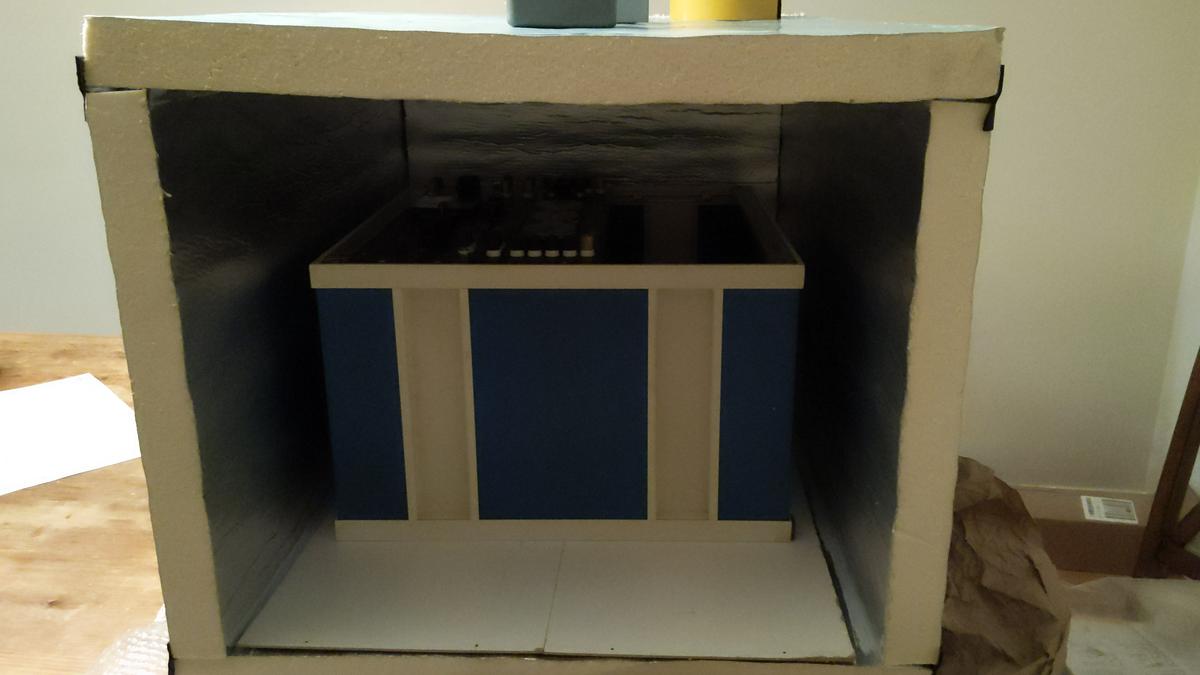
Looking pretty good, time to glue the edges on all walls and attach them to base sheet. Special
Loctite PL300 latex-based foam-board glue was used to ensure good adhesion to foam wall. Full curing time of this glue is 7 days.
It is designed to be operated in temperature range from -17.7 to +77 °C. This is good enough for our design target.
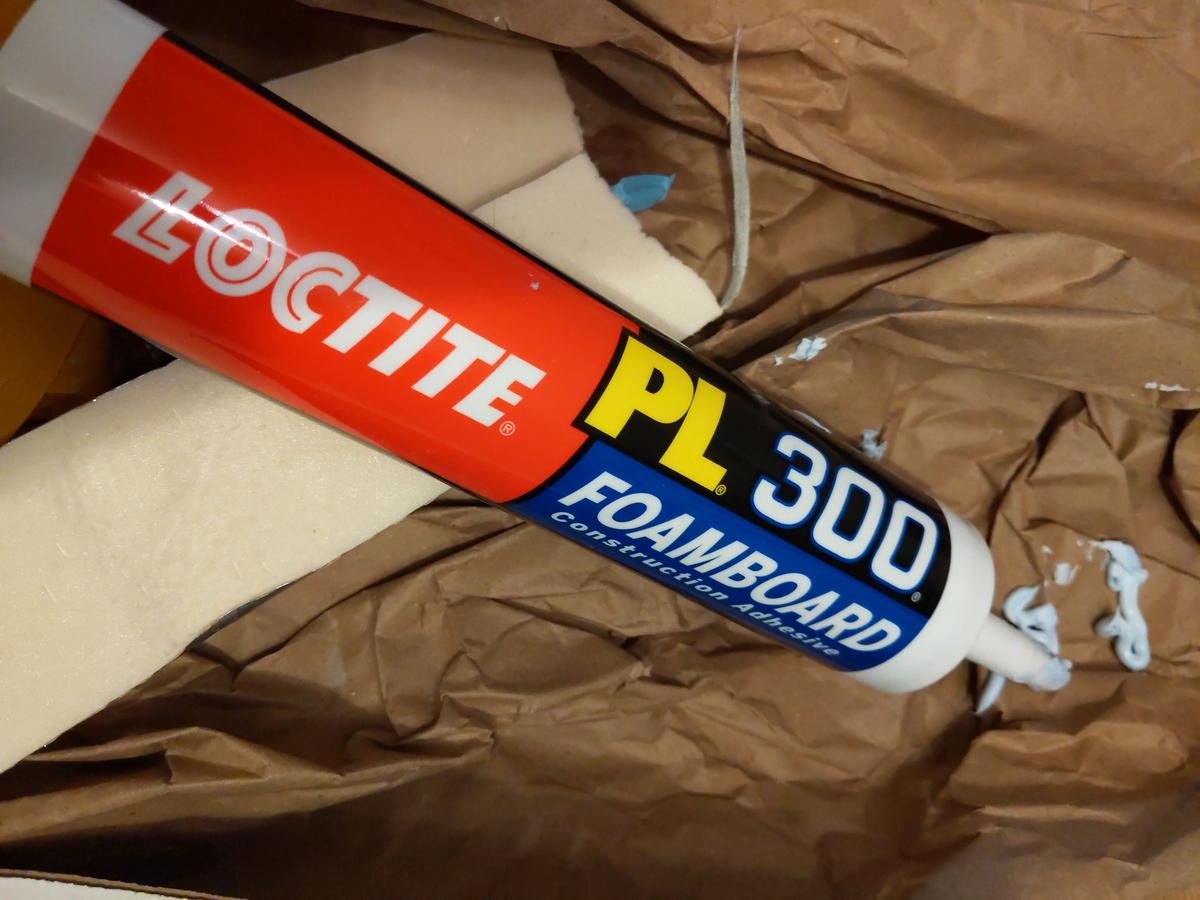
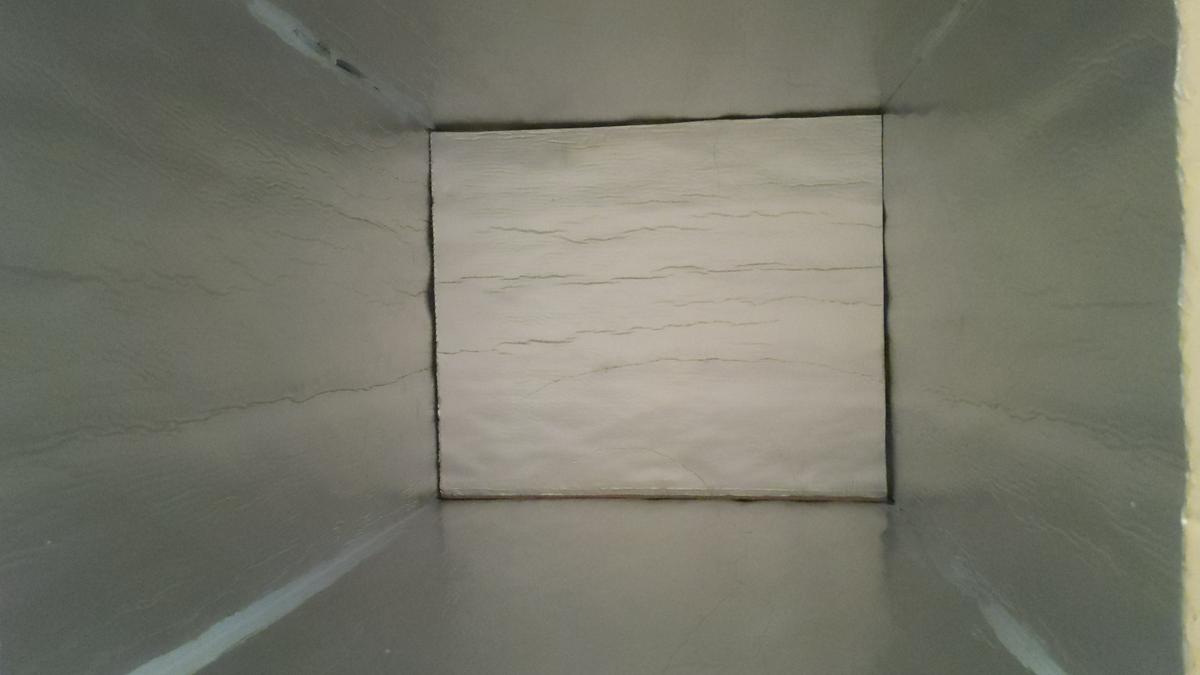
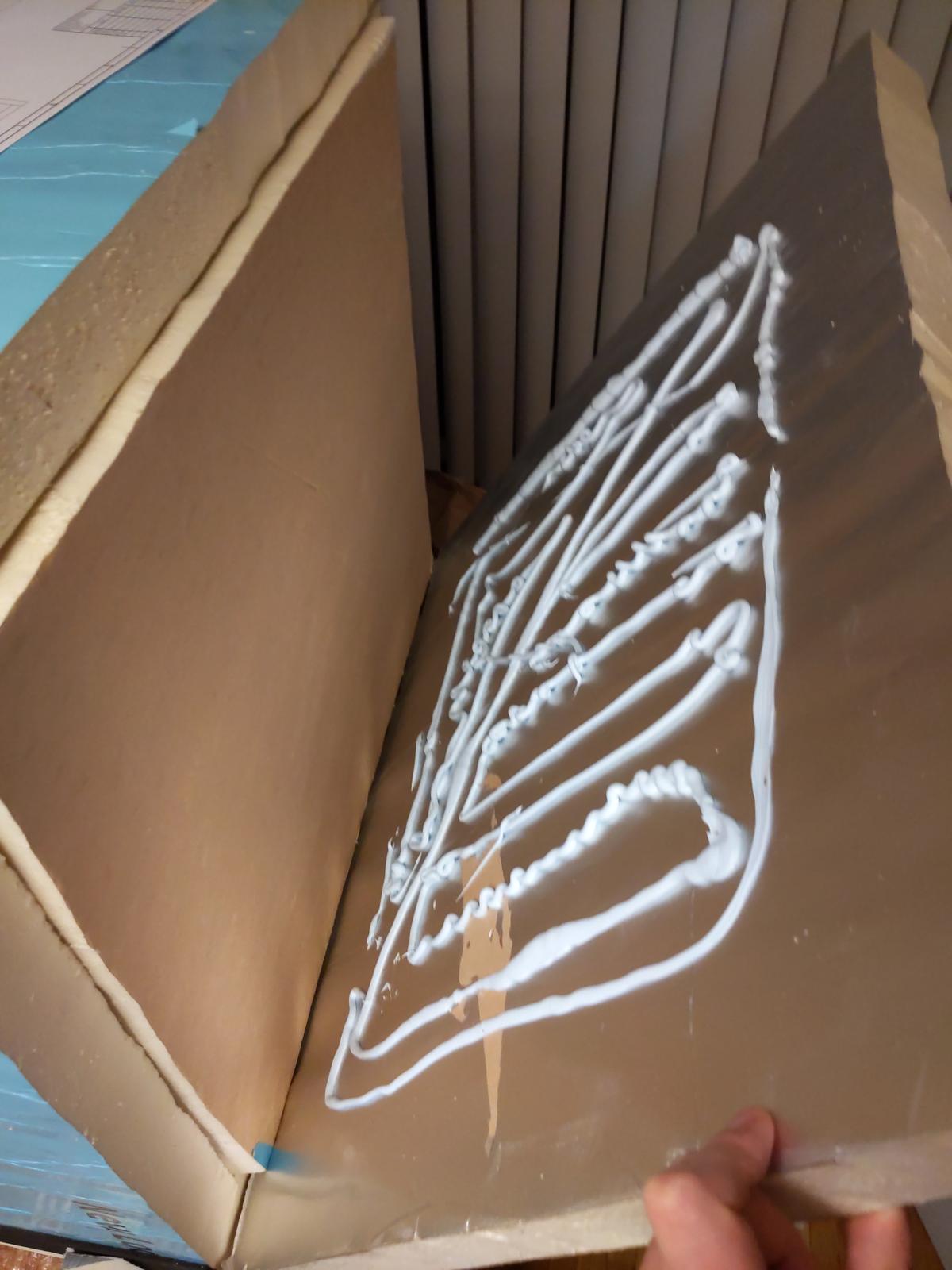
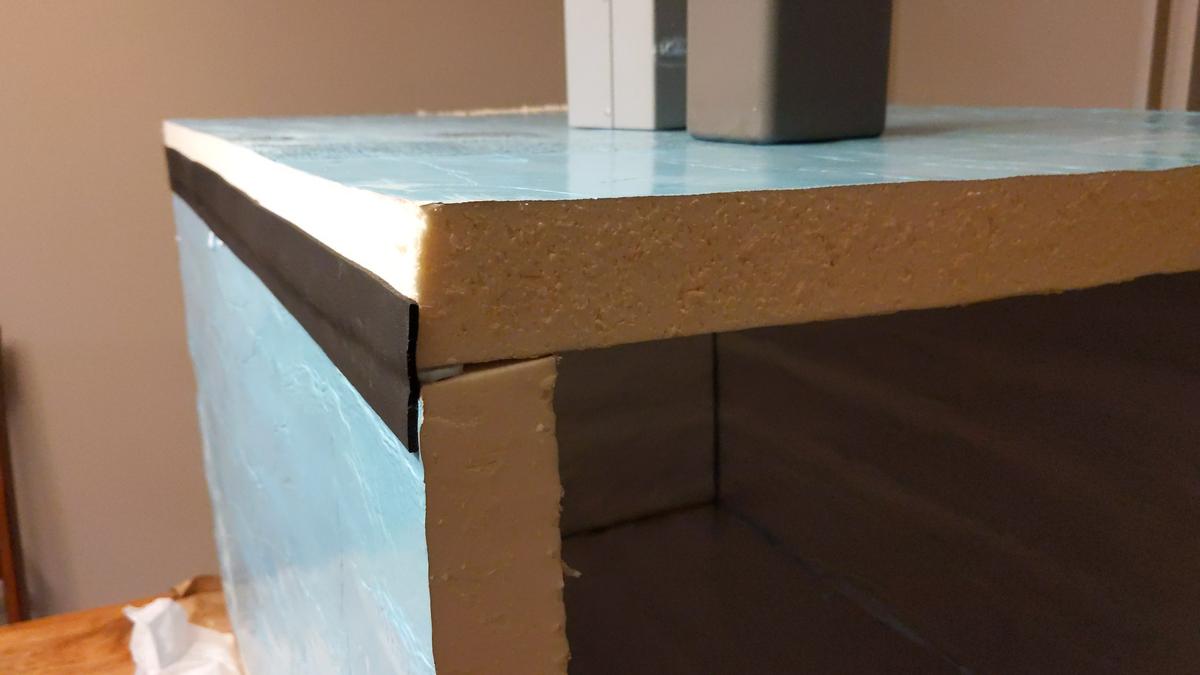
Foam is relatively easy to deform, so to improve reliability and better practical use edges faced with aluminum thin foil. In final use there will be also sealing gasket around the front and rear lids to ensure air-tight seal during chamber operation.
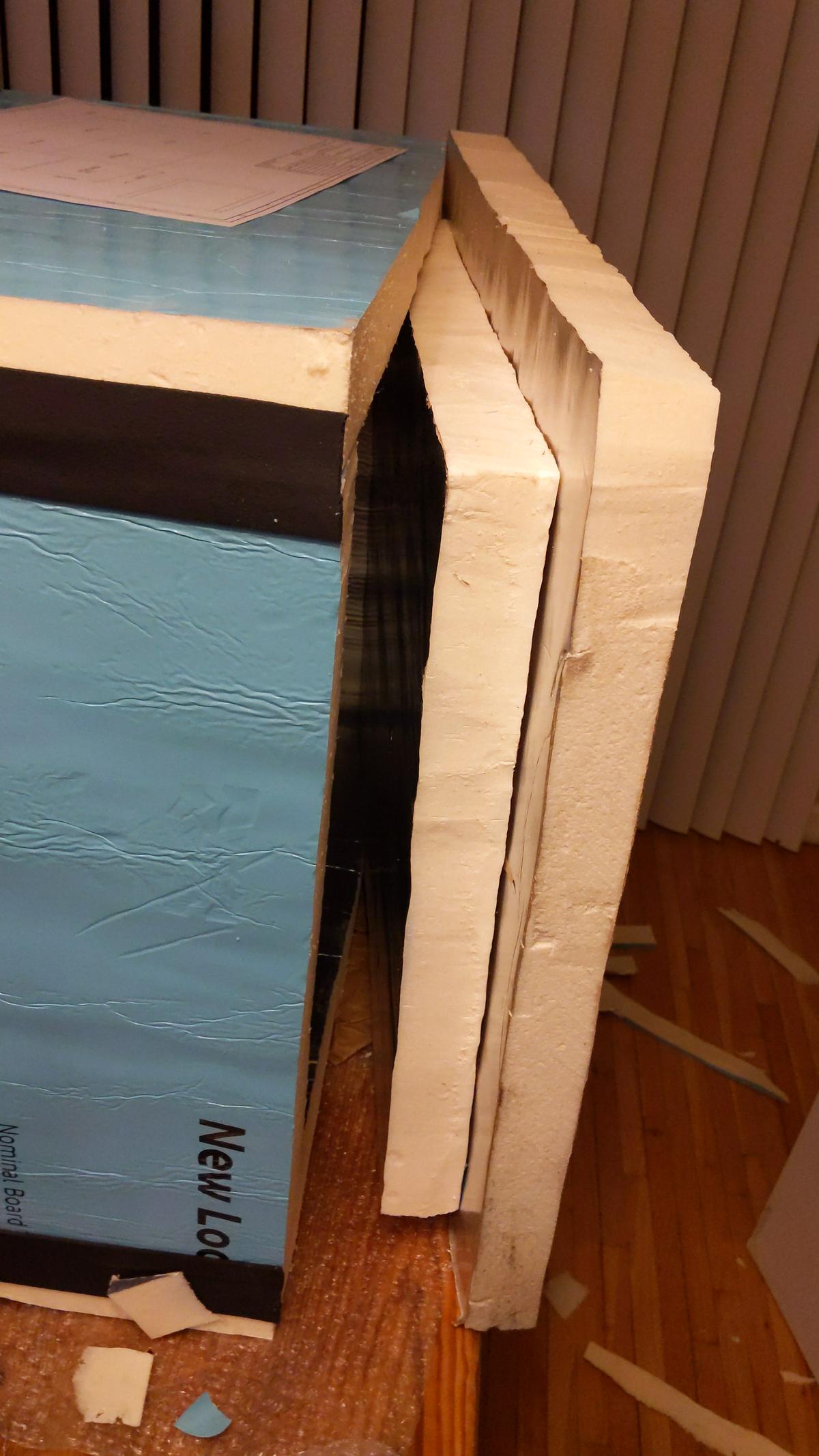
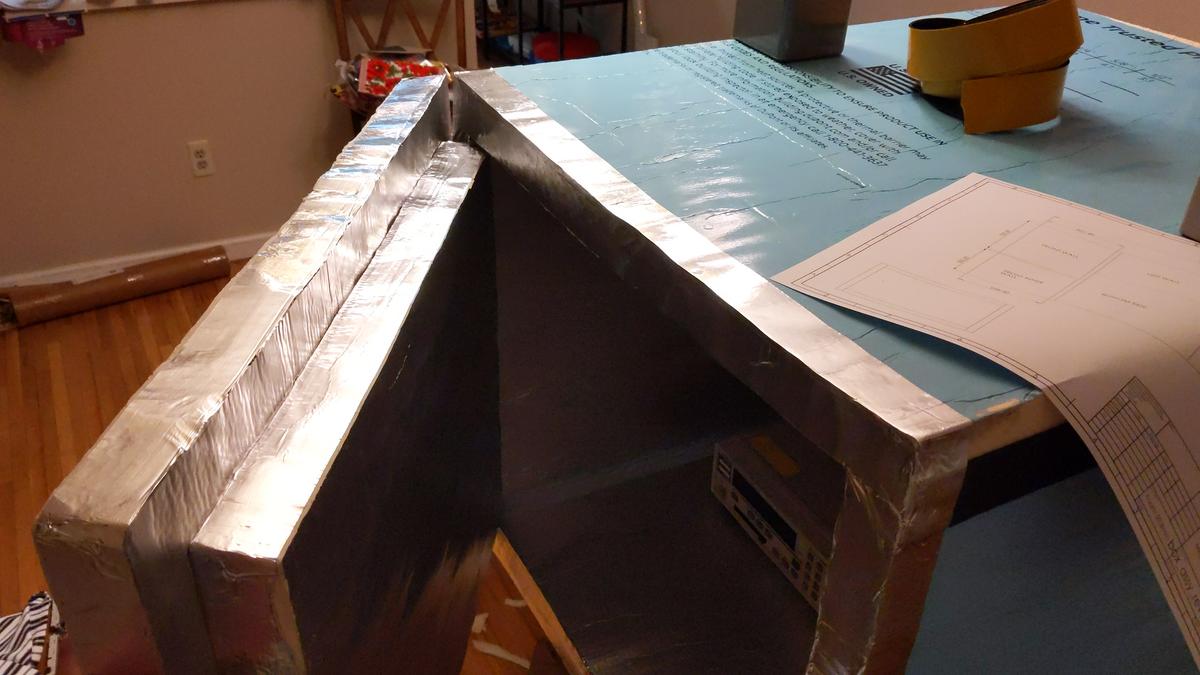
Inner dimension requirements are also met:
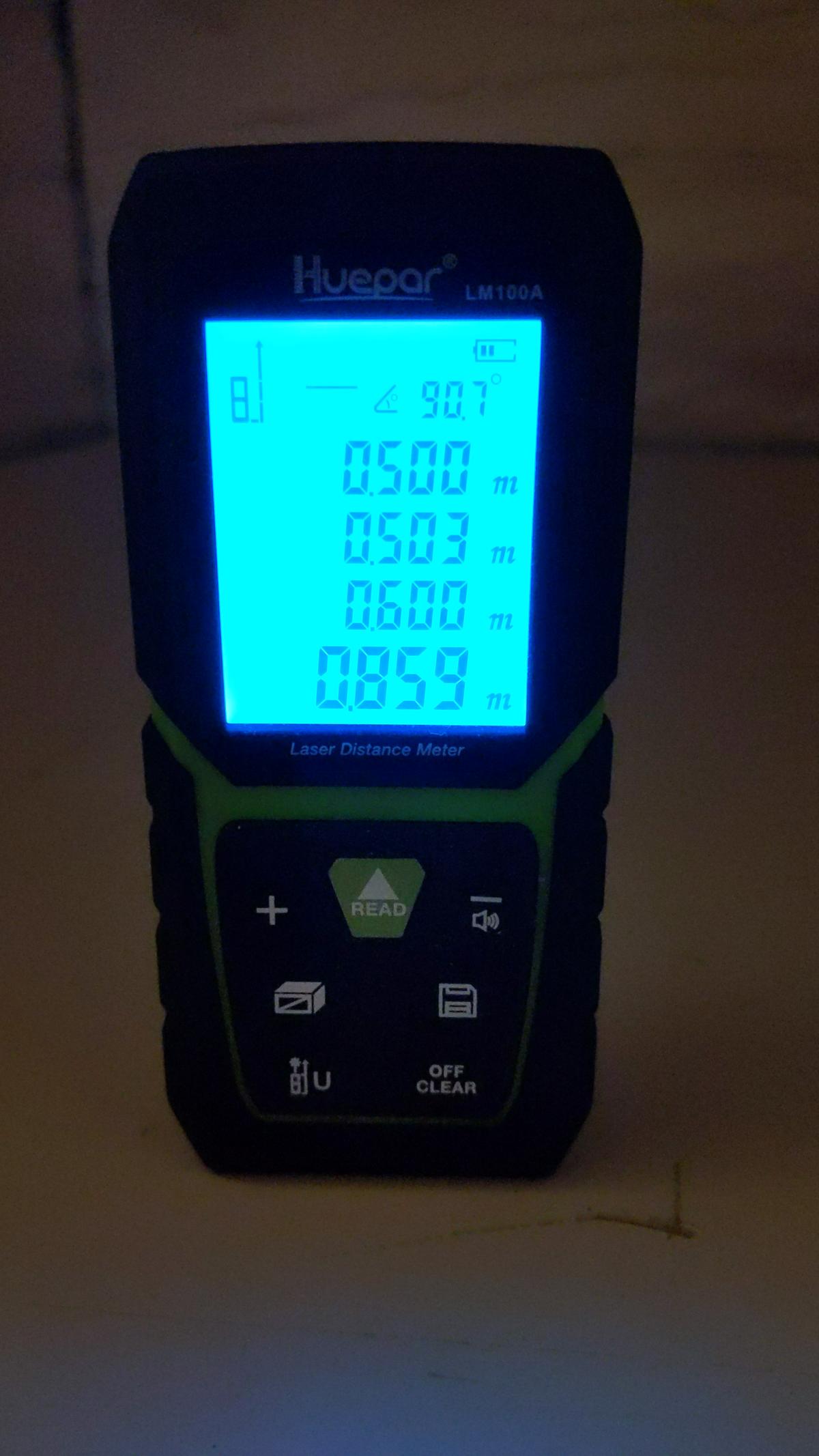
<h3>First test</h3>
As chamber is curing, I've put old electronics and decided to run a 132 hour sweep from +38°C to +5°C and back with help of only 40W TEC module. This will give initial idea if such large chamber concept on the right track.
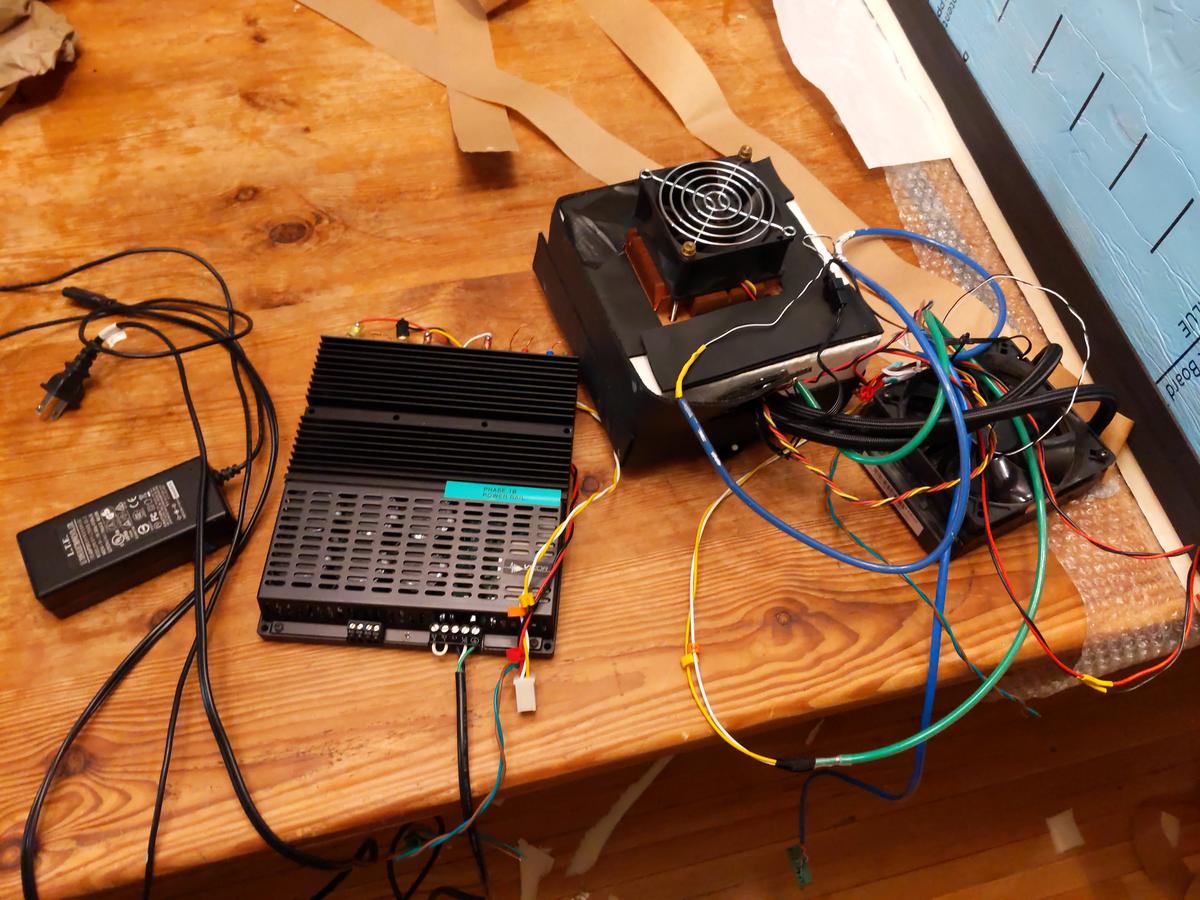
Vicor AC-DC supply provides +12V for watercooling pump/radiator fan and +6V for inner chamber mixing air fan.
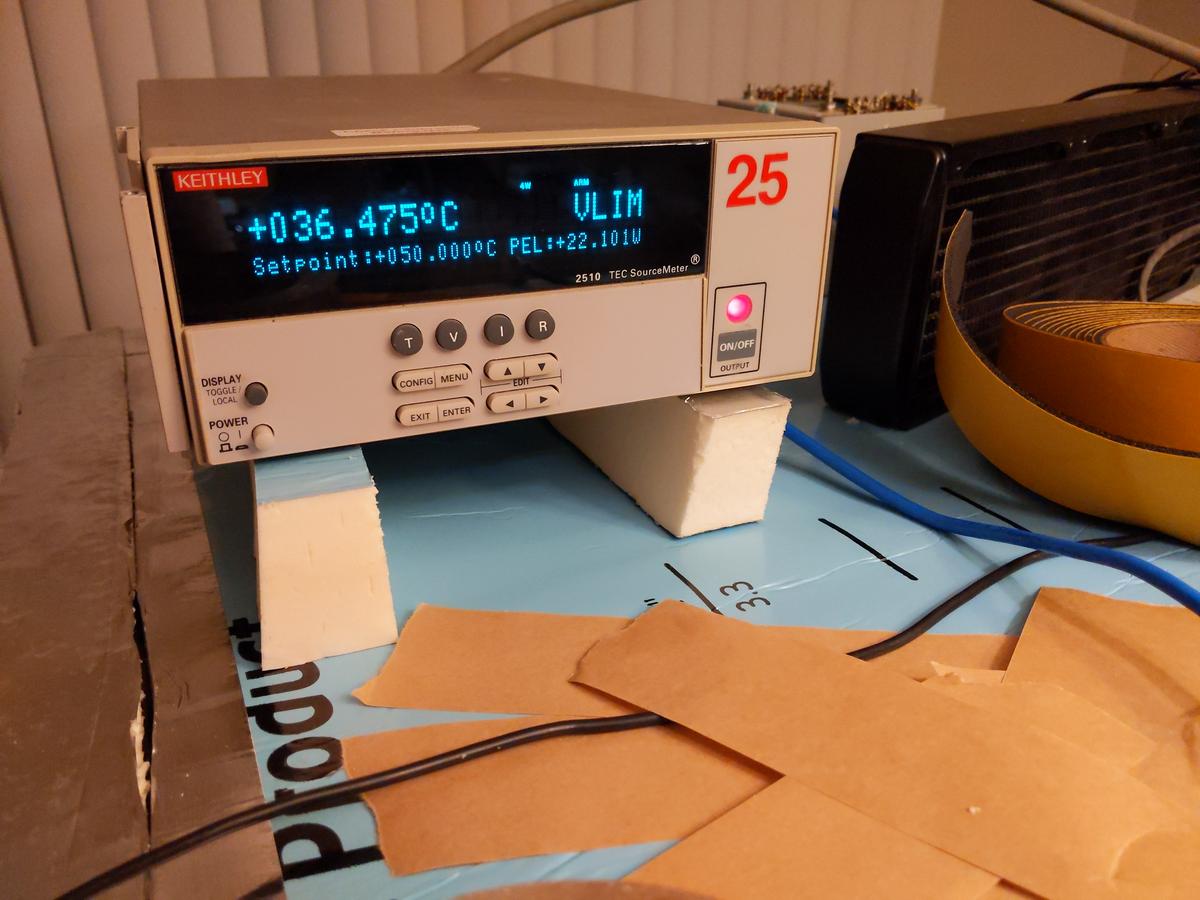
Good old
Keithley 2510 TEC SMU was used as temperature PID-controller.
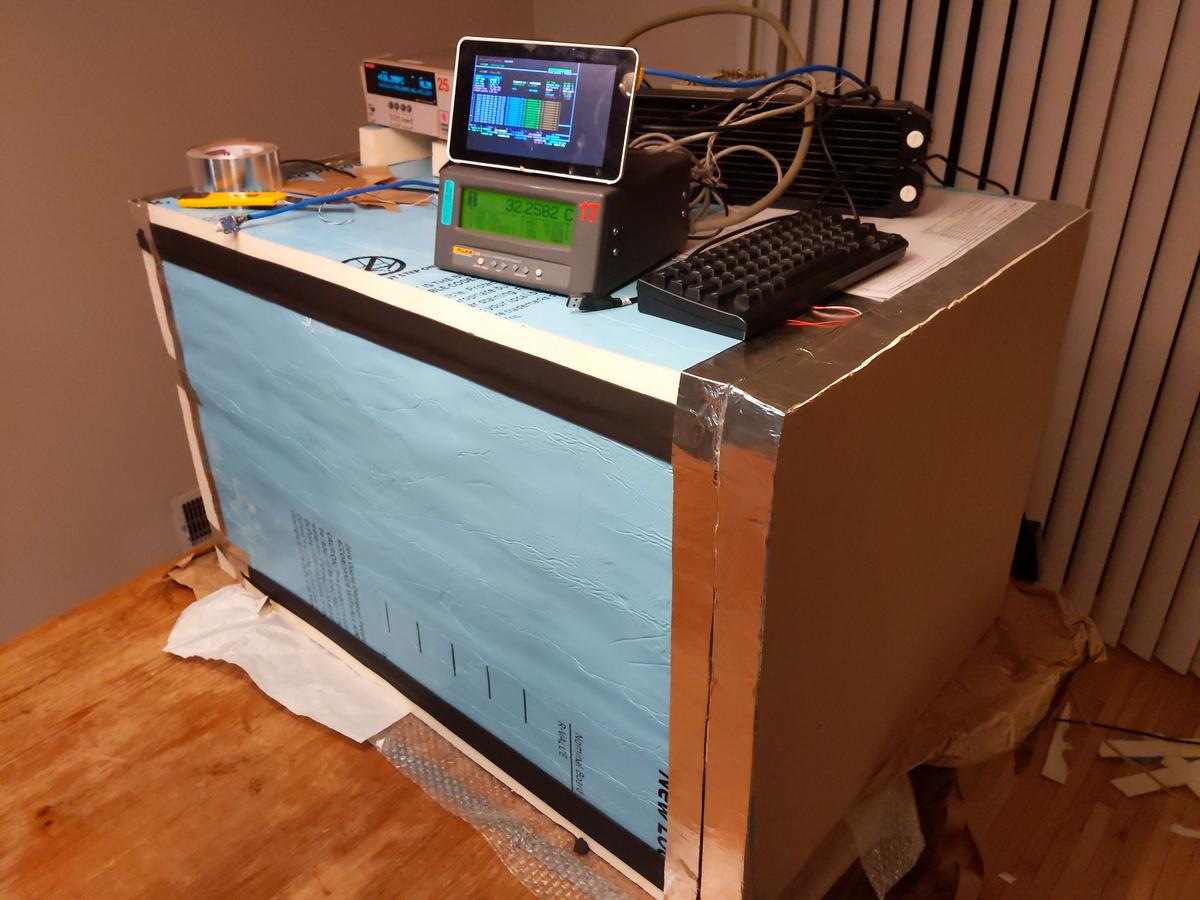
Additional measurement was also taken with calibrated
Fluke 1529 Chub-E4 + Omega RTDCAP PT100 sensor.
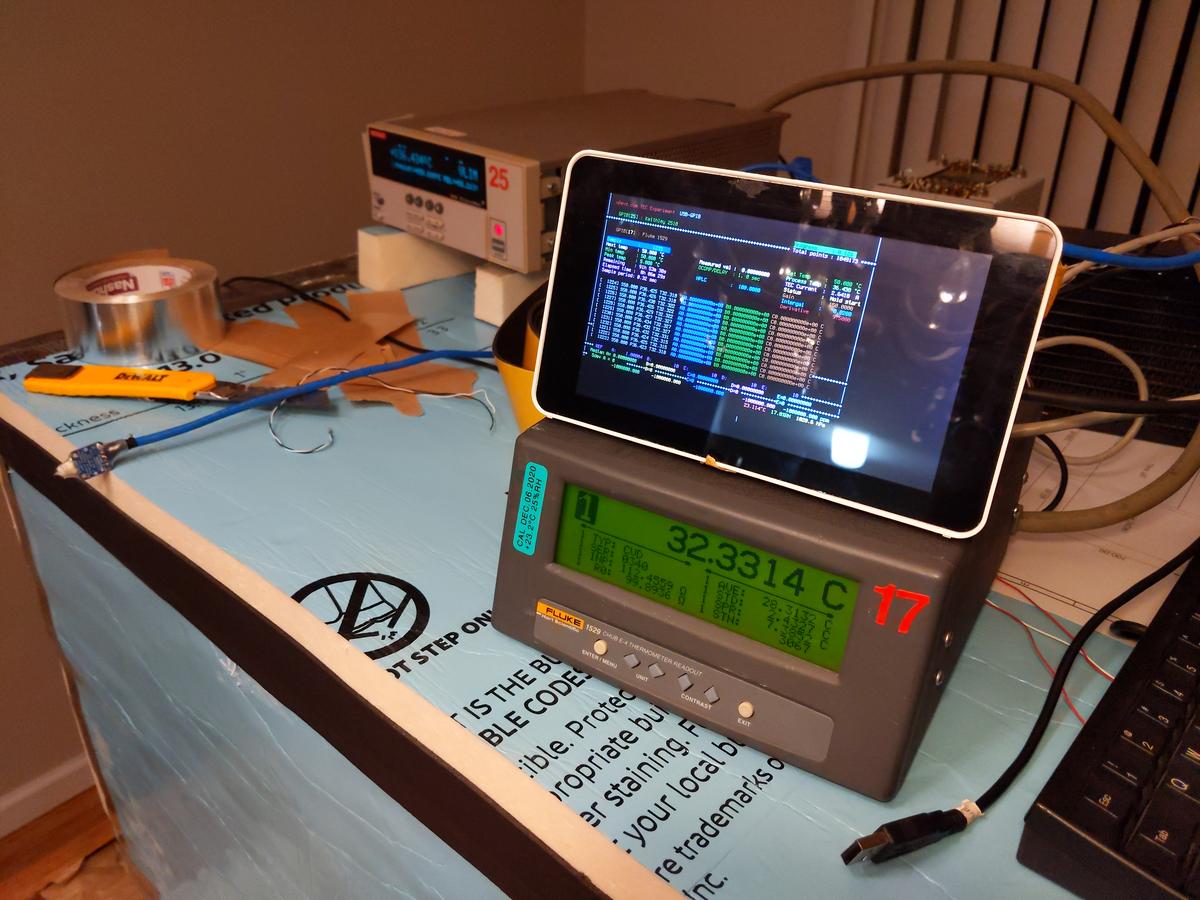
Raspberry Pi 3 used to run teckit application and store measurement results into DSV-file.
To be continued...